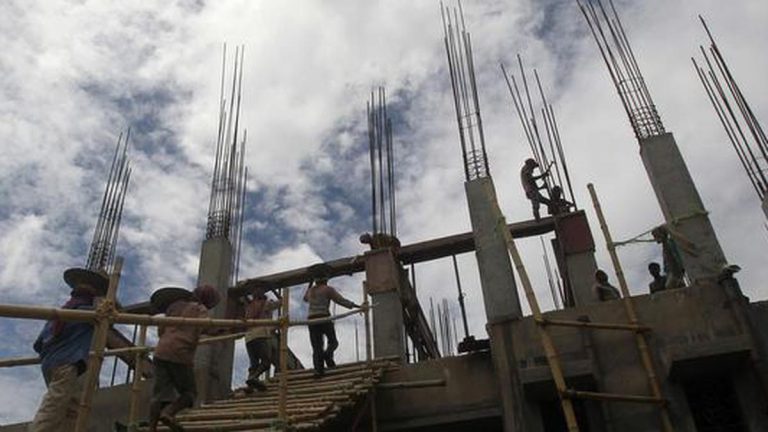The government is optimistic about meeting the capital expenditure (capex) target of ₹11.11 lakh crore in the current financial year, a senior finance ministry official said on Monday. It was also indicated that if necessary, the restrictions imposed by the cash management guidelines could be eased during the January-March quarter.
“I would not like to believe that there will be a spending deficit,” the official said. Furthermore, he explained that the investments have two components: those of the Center and those of the States. It would now be a matter of bringing them together to guarantee the achievement of the objective. He also recalled that the Appropriation Act was approved only on August 14, authorizing the payment and appropriation of certain sums from and out of the Consolidated Fund of India for Services for the financial year 2024-25.
The official also pointed out that there have been no restrictions on spending under the cash management guidelines and ministries have been encouraged to spend more and more. Under the spending guidelines, ministries and departments are allowed to spend up to 25 percent of the budget forecast in each of the first three quarters. For the fourth quarter, the cap is 33 percent. These limits take into account cash flow and even the spread of expenses over 12 months.
The official said the relaxation in spending norms may also continue in the January-March quarter. This is critical because compared to the target of ₹11.11 lakh crore for the entire financial year, the actual investments were less than ₹5 lakh crore during the April-September period. This is about 15 percent lower than the corresponding period last financial year. The model code of conduct for the general elections is said to have affected spending in the April-June quarter. Although it saw strong expansion in July, the momentum was not sustained over the next two months.
According to Aditi Nayar, chief economist, ICRA, to meet the fiscal target, the Center needs to incur investments of ₹1.16 lakh crore every month during the October-March period. This requires growth of 52 percent in the second half of the year compared to the same period in FY24.
No reduction in borrowing
At the same time, the official said borrowing for the current fiscal year was unlikely to be reduced. The government announced borrowing of ₹14.01 lakh crore, of which ₹7.4 lakh crore was borrowed between April and September and the rest was planned in the current half year. “Now, in order to facilitate fiscal management and anticipate the increase in gross borrowings of the next financial year due to Covid loan buybacks, we have already finalized a buyback worth ₹80,000 crore and auction transfer (replacing short-term bonds with longer-term bonds to smooth its liability profile) of ₹1.35 lakh crore against BE of ₹1.5 lakh crore,” he declared.
Due to the pandemic, the government had to borrow more than ₹3 lakh crore more in FY21, including ₹64,000 crore worth of bonds maturing in the next fiscal year.



